The WPJ
THE WORLD PROPERTY JOURNALReal Estate Facts Not Fiction
Commercial Real Estate News

Hong Kong Commercial Real Estate Sector Continues Accelerated Growth Trend in 2011
Commercial News » Commercial Real Estate Edition | By Michael Gerrity | July 13, 2011 9:12 AM ET
According to a new report released this week by global real estate consulting firm Jones Lang LaSalle titled the Hong Kong Mid-Year Property Review, strong consumption and continued corporate expansion growths, along with sustained low interest rate environment and low space availability, all contributed to support accelerating rental and capital value growth across all property sectors in the first half of 2011.
Office Market
After experiencing a record year of net take-up in 2010, Hong Kong's Grade A office market continued to register strong demand and rental growth through the first half of 2011. The period saw a sustained level of expansion requirements, while moving eastbound remained as a key trend on the back of higher rentals in the core CBD locations. From January to June 2011, overall net take-up amounted to 1.46 million sq ft.
In general, vacancy levels remained low across all sub-markets despite the completion of a few new Grade A-quality buildings. The completion of 1.6 million sq ft (net) of new supply in 1H11 has pulled the overall vacancy rate up by 0.1 percentage point to 4.8%, still below the so-called frictional level. As rents in Central continued to climb to reach their historic peak levels, demand for space in other core locations on Hong Kong Island remained strong, driving vacancy in Wanchai/Causeway Bay down to just 2.3% and that in Hong Kong East to 3.2%. Strong absorption in Tsimshatsui also drove vacancy down to 3.1%.
The tight vacancy environment has put landlords in a good position to bargain for higher rents. Overall rents went up 15.0% in 1H11, with the highest growth seen in Hong Kong East (18.1%), Central (16.4%) and Wanchai/Causeway Bay (13.4%).
The sales market continued to see sustained demand for office properties in 1H11, with several buildings reporting new record-high unit prices during the period. Capital value growth accelerated across all sub-markets, with the strongest growth seen in Wanchai/Causeway Bay (24.1%), followed by Central (23.3%) and Kowloon East (15.8%).
In terms of supply, except for a project in Kowloon East, all commercial Grade A office buildings scheduled for completion in 2011 were completed in 1H11. Although the supply pipeline has widened in the past six months, with the government making available several development sites in Wanchai and Kowloon East for auction/tender, supply over the immediate term remains limited especially on Hong Kong Island.
'In spite of the strong net take-up posted in 1H11, growing uncertainties in the global economy may slow business growth momentum in the short term as some tenants hold a wait-and-see approach before committing to further expansion plans. The return of spaces upon lease expiry in some individual buildings will prevent vacancy rates from falling fast, as was the case in the past 12 months, although the majority of portfolio landlords in town are still enjoying very healthy occupancy levels. In general, we expect Grade A office rents across all submarkets to climb further in 2H11, but possibly by a slightly slower momentum,' remarked Gavin Morgan, Deputy Managing Director and Head of Leasing of Jones Lang LaSalle Hong Kong.
Retail Market
Tourism market growth continued to provide strong support to Hong Kong's retail property sector. According to the Hong Kong Tourism Board, visitor arrivals in the first five months of 2011 increased 14.5% y-o-y. In particular, the number of mainland Chinese tourist arrivals rose by 65.5% y-o-y, while those coming on Individual Visit Scheme (IVS) basis increased by 32.6% y-o-y over the same period. At the same time, rising incomes and low unemployment rates also helped further strengthen local consumer confidence. These combined factors helped boost total retail sales by 23.6 y-o-y to HKD163.1 million in the first 5 months of 2011.
To capture the lavish spending by mainland Chinese tourists, both international and local retailers remained keen in securing retail premises in prime locations for higher market exposure and were aggressive in their rental biddings. The first half of 2011 continued to see both rents and capital values of high street shops setting new record highs, going up by 9.7% and 21.3%, respectively. Rents for premium prime shopping centres and overall prime shopping centres went up 7.9% and 5.5%, respectively, over the same period.
In addition to high-end fashion as well as watch and jewellery retailers, which have been active and fast-expanding trades in recent years, the last few months also saw luxury car dealers signing up retail premises for new establishments. Rolls-Royce, Maybach, McLaren and Bugatti all committed to establishing shops on Hong Kong Island. In one of the largest leasing transactions in 1H11, Abercrombie & Fitch leased an en bloc premise in Central for HKD 7 million a month.
Jeannette Chan, Head of Retail, Hong Kong and Southern China at Jones Lang LaSalle Hong Kong, said, 'Looking ahead, despite a marginal rise in economic uncertainties and growing inflationary pressure, local consumer confidence is expected to remain strong in general. Tourist consumption will continue to be a key driver for retail revenue growth. The strengthened RMB will also continue to lend support to luxury goods demand in the foreseeable future. These combined to make us believe that retail rents will continue to climb throughout the second half of 2011.'
Investment Market
The investment market in 1H11 continued to be driven by limited stock, ample liquidity, low interest rates as well as strong rental increase. Despite the higher prices and lower yields, sustained investment demand was seen across all key property sectors.
The austerity measures, as laid down by the government, did not prevent the residential sector from remaining as the focus in the investment market, followed by the office sector. A total of 162 transactions were recorded for properties at over HKD 100 million (excluding land auctions) in 2011, with total considerations reaching over HKD 42 billion. The period also saw limited en bloc sales transactions in the office market, with the sale of Honest Motors Building in Causeway Bay for HKD 580 million being the most notable one.
Joseph Tsang commented, 'The government's further control on residential sales has brought about an interesting trend for the investment market, with some investors shifting their attention onto the commercial sectors, including but not limited to industrial and lower-end office properties. As rents continue to climb in these commercial property sectors, we expect to see investment demand remaining strong for the remainder of the year.'
Warehouse Market
In the first five months of 2011, Hong Kong's total aggregate trade rose by 16.4% y-o-y to HKD 2,809 billion, despite the relative slowdown in external trade in 2Q11, due mainly to the disruption to regional supply chains brought by the 11 March earthquake in Japan as well as a decrease in exports to the US and some EU countries. Nonetheless, the growing demand from non-logistics occupiers and the tight vacancy environment have pushed warehouse rents to reach a new high watermark, eclipsing the previous record high set in 3Q08. Rents for warehouse properties went up 7.1% in 1H11.
As investment demand for industrial and warehouse properties picked up in recent months, capital values rose sharply by 13.6% in 1H11.
Marcos Chan, Head of Research of Greater Pearl River Delta at Jones Lang LaSalle said, 'Although the prolonged slow growth in the US and rising uncertainties in Europe remained as key concerns for many traders and logistics operators, low existing space availability and limited future supply are expected to provide further support to rental growth in the remainder of 2H11. We expect warehouse rents to rise by 10-15% in the full-year of 2011.'
Sign Up Free | The WPJ Weekly Newsletter
Relevant real estate news.
Actionable market intelligence.
Right to your inbox every week.
Real Estate Listings Showcase
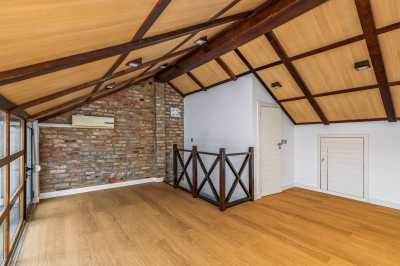
€800,000
Apartment For Sale
Lisboa, Portugal
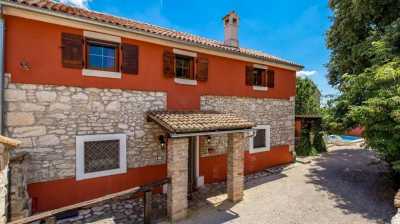
€240,000
Home For Sale
Central Istria, Croatia

$1,575,000
Condo For Sale
Winter Park, Florida

$2,495,000
Condo For Sale
Boca Raton, Florida
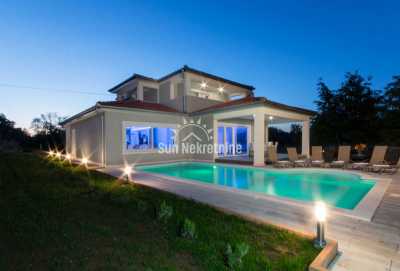
€450,000
Home For Sale
Central Istria, Croatia
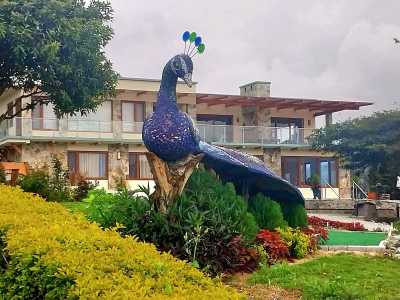
$795,000
Home For Sale
Cuenca, Ecuador
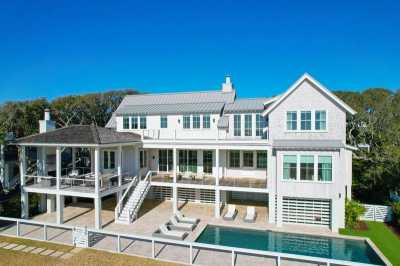
$8,195,000
Home For Sale
Isle of Palms, South Carolina

49,000,000 THB
Villa For Sale
Hua Hin, Thailand
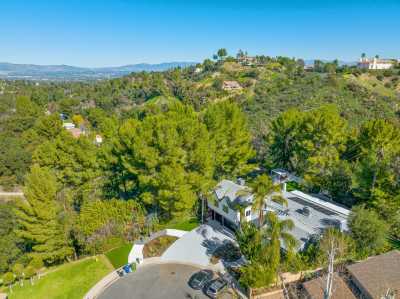
$2,620,000
Home For Sale
Tarzana, California
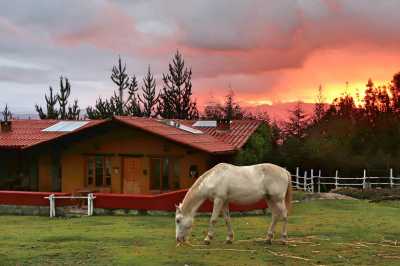
$1,350,000
Mixed Use For Sale
Huaraz, Peru
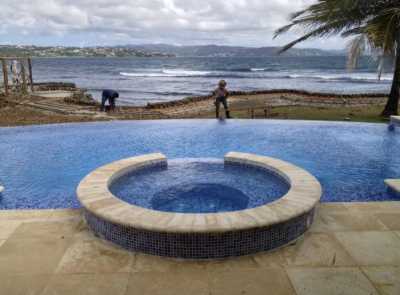
$1,400,000
Vacation Villas For Sale
Lowlands, Trinidad and Tobago
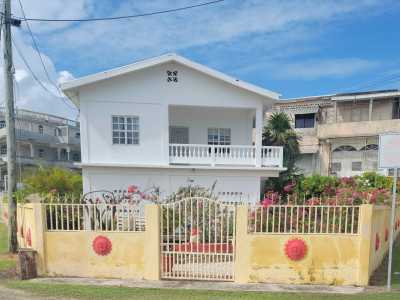
$750,000
Mixed Use For Sale
Corozal, Belize
Related News Stories
Commercial Real Estate Headlines
- 2025 Prediction: U.S. Commercial Investment Recovery Expected to Gain Traction
- Holiday Retail Sales for 2024 to Hit Record $1 Trillion
- Tech, AI Industries Drive Largest Share of Office Leasing Activity in U.S.
- Commercial Real Estate Lending in U.S. Enjoys Strong Growth in Q3
- U.S. Multifamily Market Begins Recovery in Q3
- Commercial Investment in Japan Spikes 24 Percent Annually in Q3
- Despite Return-to-Office Mandates, U.S. Office Vacancies Continue to Rise
- PROPSIG Tech Startup Acquired by World Property Data
- U.S. Commercial Mortgage Debt Hits $4.7 Trillion in Q2 as Delinquencies Increase
- Hong Kong Class A Office Rents Continue to Downtick in Mid-Summer
- U.S. Office Landlords Tenant Concessions Decline for First Time in 4 Years
- U.S. Commercial Mortgage Originations Spike 27 Percent in Q2 Over Q1
- Phnom Penh's Commercial Office, Retail Markets Face Slowdowns in 2024
- Global Edge Data Center Market to Hit $300 Billion by 2026
- Commercial Property Transactions in Japan Dive 25 Percent Annually in Q2
- Delinquency Rates for U.S. Commercial Property Loans Downticks in Q2
- Megawarehouse Lease Deals in U.S. Increase in 2024
- Office Tenants' Flight to Quality Buildings Increases in 2024
- Commercial Lending in Japan Upticks 6 Percent Annually in Q1
- AI Driving Significant Global Data Center Growth in 2024
- Total U.S. Commercial Mortgage Debt Rises to $4.7 Trillion in Q1
- U.S. Commercial Mortgage Delinquencies Rise in Early 2024
- Asia Pacific Office Sector to Further Reprice Throughout 2024
- U.S. Retail Foot Traffic to Surpass Pre-Pandemic Levels by 2025
- Commercial Real Estate Lending in U.S. Slowed in First Quarter
- Japan Commercial Property Investment Volume Jumps 7 Percent in Q1
- Asia Pacific Commercial Property Investment Leads the World, Spikes 13 Percent
- Driven by High Rates, U.S. Commercial Lending Imploded 47 Percent in 2023
- After Two Year Slump, Prime Multifamily Metrics Uptick in U.S.
- Commercial Co-Broker Commissions Not Affected by NAR-DOJ Settlement, Yet
- U.S. Office Buildings with Upscale Tenant Amenities Still Enjoy Premium Rents in 2024
- U.S. Commercial, Multifamily Mortgage Delinquency Rates Uptick in Q4
- U.S. Commercial Mortgage Debt Continued to Rise in 2023, Hits $4.7 Trillion
- Nonresidential Construction Spending in the U.S. Falls Sharply in January
- U.S. Multifamily Construction Starts to Decline in 2024
- Commercial Mortgage Lending in U.S. Shows Signs of Stabilization in Late 2023
- Architecture Billings Decline in December as Soft Business Conditions Persist
- Government Sector Claimed Largest Portion of 100 Biggest U.S. Office Leases Signed in 2023
- U.S. Commercial, Multifamily Borrowing Dives 25 Percent Annually in Late 2023
- Record High Multifamily Construction Deliveries Drive Vacancy Rates Higher
Reader Poll
In 2025, which region of the world are you most likely to buy or invest in real estate?





